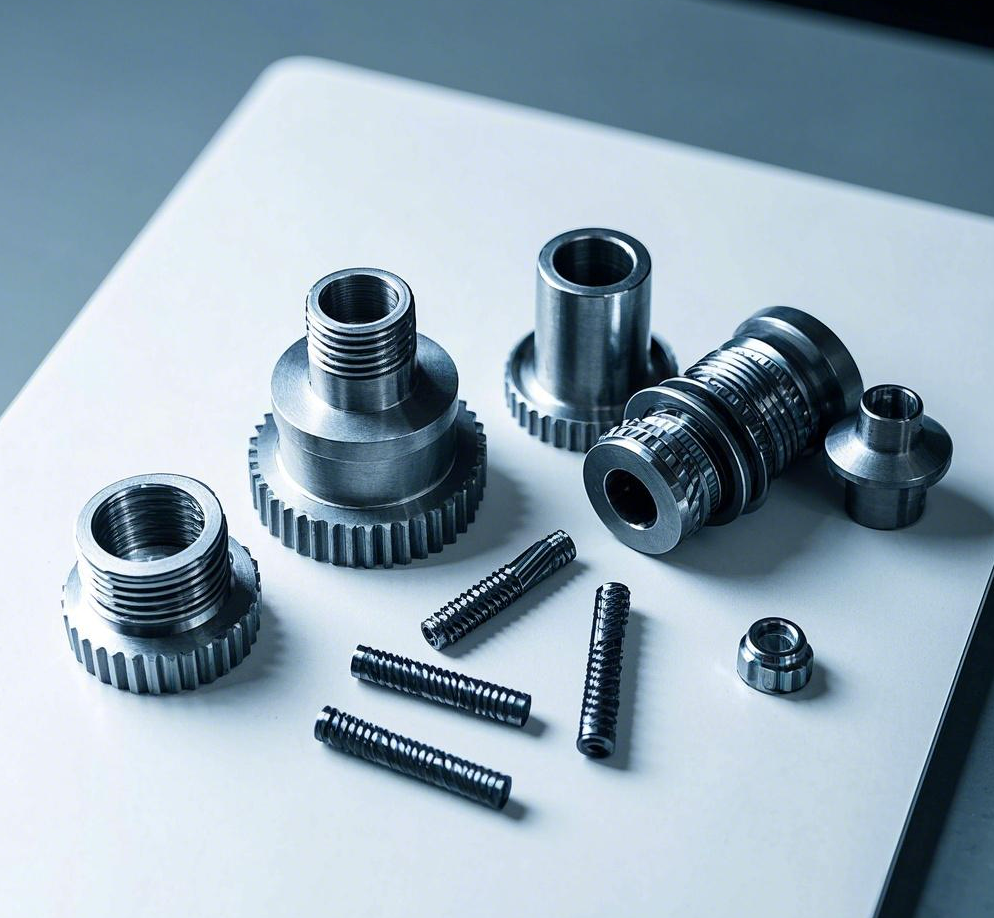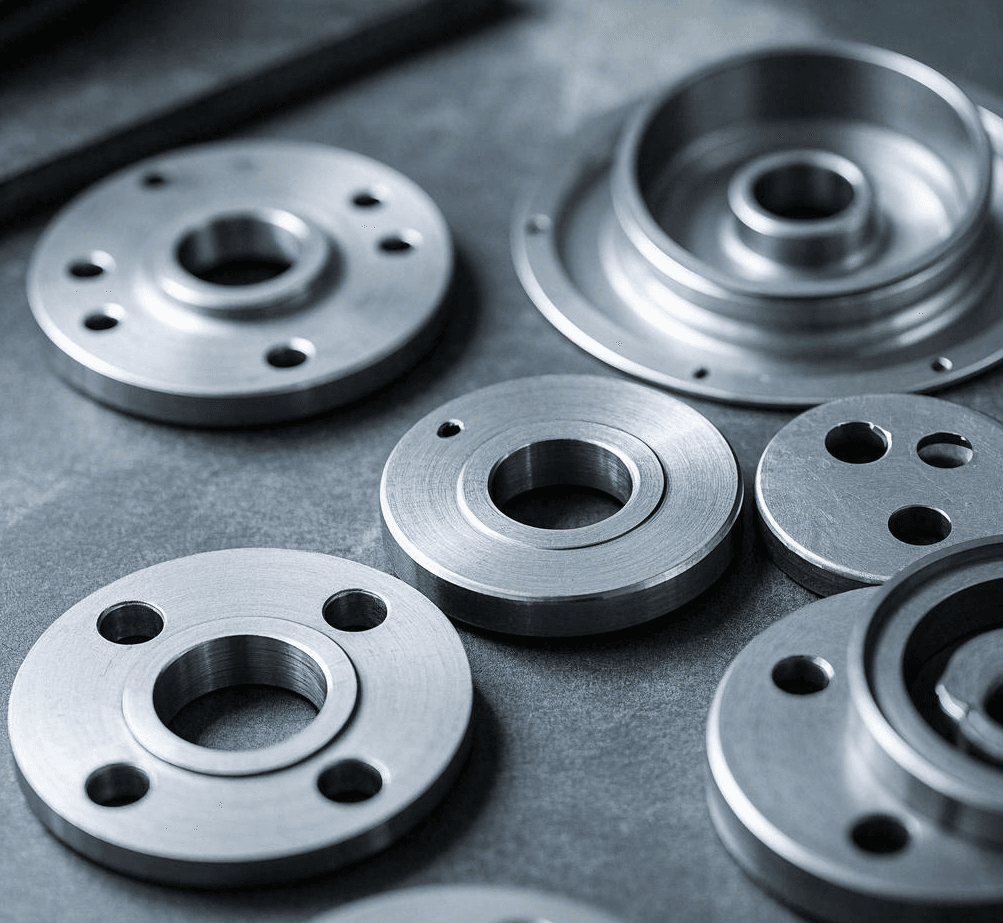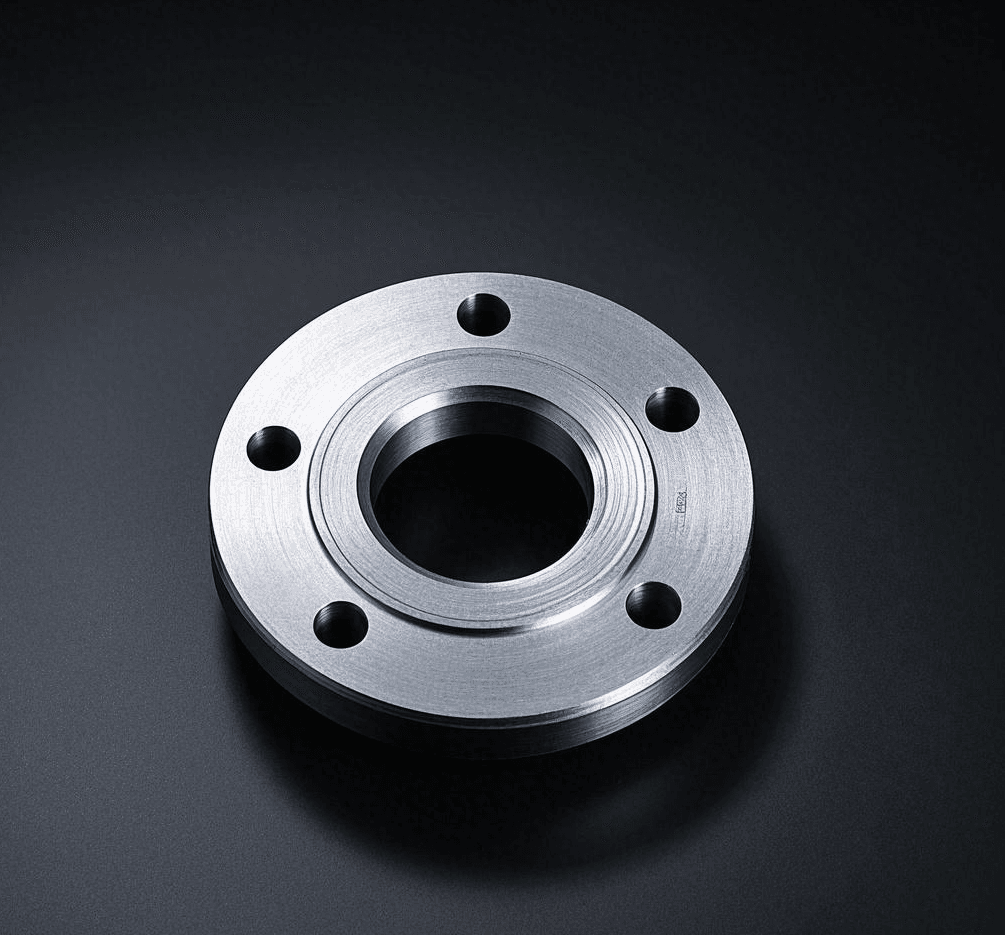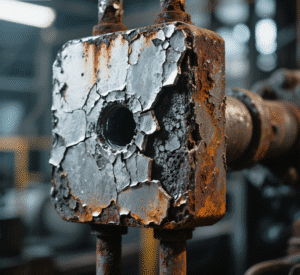Introduction: The Crucial Role of Microstructure in Titanium Forgings
The microstructure of titanium plays a significant role in determining its mechanical properties, including strength, ductility, fatigue resistance, and corrosion resistance. The forging process is instrumental in shaping this microstructure, influencing the performance of titanium in critical applications. But how exactly does forging impact the microstructure of titanium?
The forging process refines the microstructure of titanium by aligning grain flow, controlling phase distribution, and eliminating defects, resulting in improved mechanical properties and material performance.
Let me explain the key ways in which forging transforms titanium’s microstructure and enhances its properties.

How Does Forging Align Titanium’s Grain Structure?
Forging involves deforming titanium under high temperatures and pressure, which significantly influences its grain structure.
Key effects:
• Grain Flow Optimization: Forging aligns the grains along the direction of applied force, improving strength and fatigue resistance.
• Grain Refinement: Repeated deformation and heat treatment reduce grain size, enhancing mechanical properties like toughness and ductility.
• Directional Properties: The alignment of grains strengthens titanium along specific load paths, ideal for high-stress applications.
Grain alignment is a cornerstone of the forging process, ensuring the material’s reliability under demanding conditions.
How Does Forging Affect Titanium’s Phase Composition?
Titanium alloys consist of alpha and beta phases, and forging can manipulate their distribution to optimize properties.
Key points:
• Alpha-Beta Alloys: Controlled forging temperatures maintain a balance of alpha and beta phases, enhancing strength and ductility.
• Beta Phase Stabilization: Post-forging heat treatments can stabilize the beta phase, improving formability and toughness.
• Phase Distribution Control: Uniform phase distribution reduces the risk of weak points or stress concentrations.
Managing phase composition during forging ensures the material meets specific application requirements, from aerospace to medical devices.
How Does Forging Minimize Defects in Titanium?
Defects such as voids and inclusions can compromise the performance of titanium components. Forging reduces these imperfections.
Key advantages:
• Defect Elimination: The forging process compresses and closes internal voids, improving material integrity.
• Homogeneous Microstructure: Uniform deformation and heat treatment reduce segregation of alloying elements.
• Enhanced Surface Quality: Forging minimizes surface defects, which can serve as initiation points for cracks.
The ability to create defect-free titanium components is essential for ensuring safety and durability in critical applications.

How Does Forging Temperature Influence Microstructure?
The temperature at which forging occurs has a profound impact on titanium’s microstructure and properties.
Key temperature regimes:
• Isothermal Forging: Maintains constant high temperatures to prevent thermal gradients, ensuring uniform grain refinement.
• Near-Alpha Phase Forging: Conducted below the beta transus temperature to retain more alpha phase for better creep resistance.
• Beta Phase Forging: Conducted above the beta transus temperature for improved ductility and toughness.
Precise temperature control during forging is crucial for tailoring titanium’s microstructure to specific performance needs.
How Does Forging Impact Fatigue Resistance?
Fatigue resistance is critical for components subjected to cyclic loads, and forging significantly enhances this property by refining the microstructure.
Key improvements:
• Aligned Grain Flow: Reduces stress concentrations and improves the material’s ability to withstand repeated loading.
• Elimination of Defects: Defect-free microstructures increase resistance to crack initiation and propagation.
• Controlled Grain Size: Finer grains improve fatigue resistance by distributing stresses more evenly.
These microstructural refinements are vital for applications like aerospace components and medical implants.
How Does Post-Forging Heat Treatment Enhance Microstructure?
Post-forging heat treatments play a critical role in optimizing titanium’s microstructure for specific applications.
Key processes:
• Annealing: Relieves residual stresses and refines grain size, improving ductility and toughness.
• Solution Treatment and Aging (STA): Alters the distribution of alpha and beta phases, enhancing strength and fatigue resistance.
• Stress Relieving: Minimizes distortion and stabilizes the microstructure for improved dimensional accuracy.
These post-forging treatments unlock the full potential of titanium’s microstructure, ensuring superior performance.
Claim: Why Forging is Essential for Microstructural Optimization
The forging process refines titanium’s microstructure by aligning grain flow, controlling phase composition, and eliminating defects. These transformations enhance mechanical properties, making titanium forgings indispensable for high-performance applications.
Conclusion: Forging as the Foundation of Titanium Excellence
When I consider the impact of forging on titanium, it’s clear that this process goes beyond shaping—it transforms the material at its core. By refining the microstructure, forging ensures titanium achieves its full potential in strength, durability, and reliability. For me, the art and science of forging are what make titanium forgings the gold standard for modern engineering challenges.






